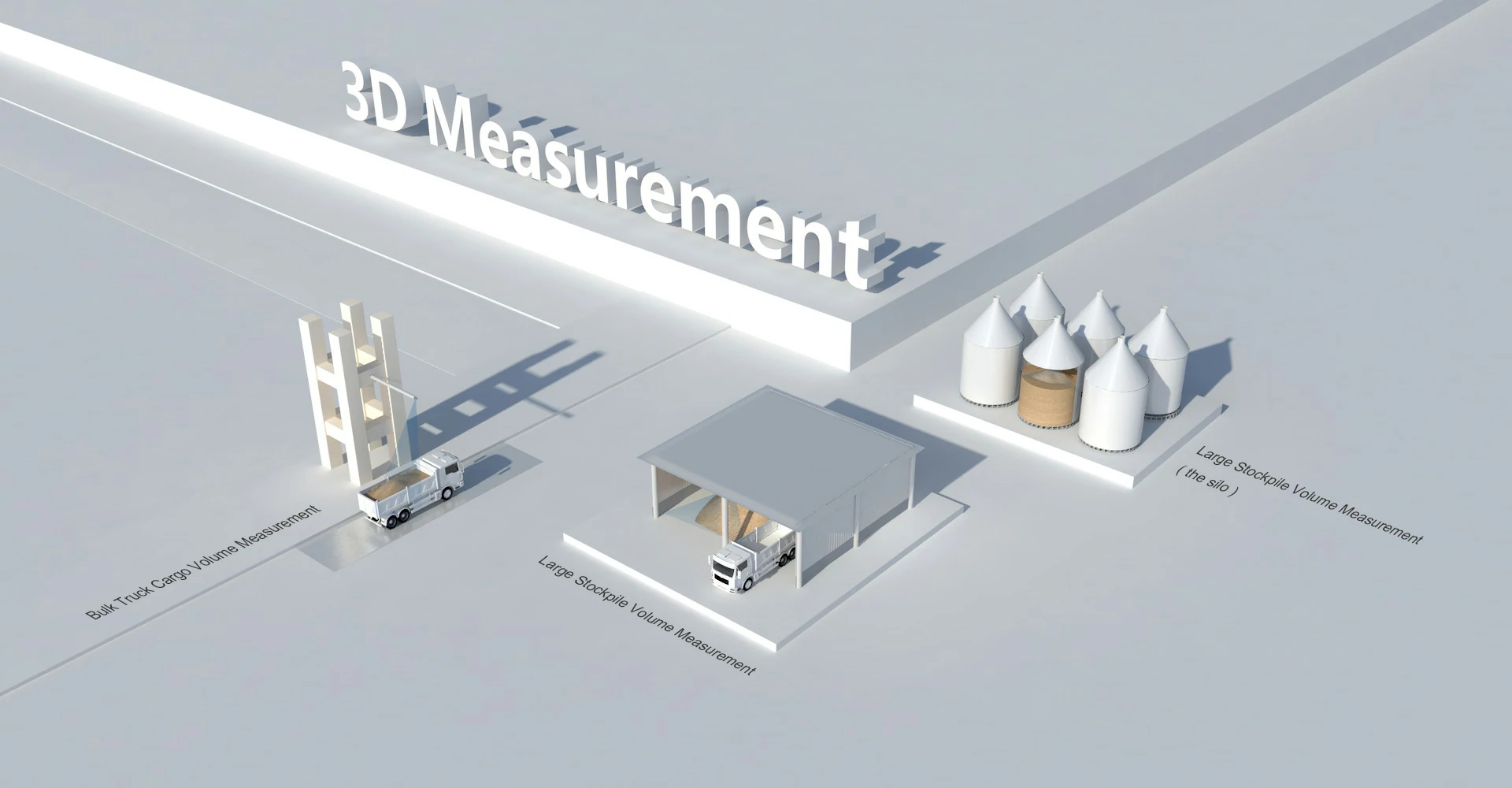
What is LIDAR MAPS
LIDAR, which stands for Light Detection and Ranging, is a remote sensing technology that uses laser pulses to measure distances to the Earth's surface. LIDAR maps are detailed, high-resolution 3D representations of terrain and objects created using LIDAR data. These maps provide valuable information for various applications such as urban planning, forestry management, flood risk assessment, and autonomous vehicle navigation. In summary, LIDAR maps are advanced mapping tools that offer precise and accurate spatial data for a wide range of industries and research fields.
The Main Technology in LIDAR MAPS
LIDAR, which stands for Light Detection and Ranging, is the main technology used in creating LIDAR maps. This technology works by emitting laser pulses from a sensor on an aircraft or satellite towards the Earth's surface. The sensor then measures the time it takes for the laser pulses to bounce back, allowing for the creation of highly detailed 3D maps of the terrain below. LIDAR maps are widely used in various applications such as urban planning, forestry management, flood risk assessment, and archaeology. In summary, LIDAR technology plays a crucial role in capturing accurate and precise topographical data for creating detailed maps with a wide range of applications.


Applications of LIDAR MAPS
LIDAR (Light Detection and Ranging) maps have a wide range of applications across various industries. One of the most common uses of LIDAR maps is in urban planning and development, where they provide detailed 3D information about buildings, roads, and infrastructure. LIDAR maps are also used in forestry to assess tree height and density, in archaeology to uncover hidden structures and landscapes, and in disaster management for assessing damage and planning rescue operations. Additionally, LIDAR maps are valuable in agriculture for monitoring crop health and yield estimation, as well as in autonomous vehicles for navigation and obstacle detection. Overall, the high-resolution data provided by LIDAR maps offers valuable insights and solutions in numerous fields.
Benefits of LIDAR MAPS
Lidar maps offer a multitude of benefits across various industries and applications. One key advantage is their ability to provide highly accurate and detailed 3D representations of terrain, infrastructure, and vegetation. This level of precision enables better planning and decision-making in fields such as urban planning, forestry management, and disaster response. Lidar maps also facilitate efficient data collection and analysis, leading to cost savings and improved resource allocation. Additionally, the technology's ability to penetrate dense vegetation and capture data in challenging environments makes it a valuable tool for environmental monitoring and conservation efforts. In summary, lidar maps offer unparalleled accuracy, efficiency, and versatility, making them indispensable in a wide range of applications.

LiDAR in Construction Monitoring
Neuvition's Titan series LiDAR sensors offer high-precision 3D scanning capabilities
ideal for construction site monitoring. The Titan M1 series, with its long-range and
high-resolution features, can capture detailed site data for accurate progress tracking
and volumetric measurements.
Neuvition LiDAR Products Overview

Titan S2
Specialized for specific industrial uses.
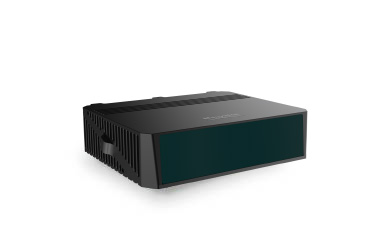
NeuX1
Next-generation LiDAR technology with enhanced capabilities.
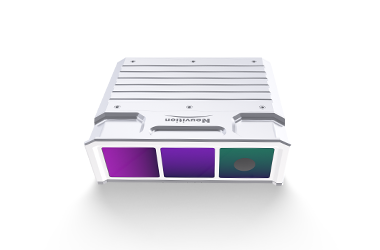
Titan M1 Series
Long-range, high-resolution LiDAR sensors for various applications.
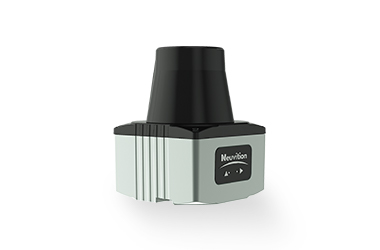
Titan W1
Designed for wide-angle scanning in challenging environments.
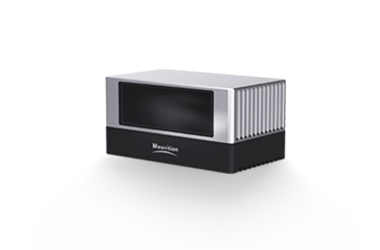
Titan P1
Compact and versatile for mobile and robotics applications.
Neuvition LiDAR Products Overview
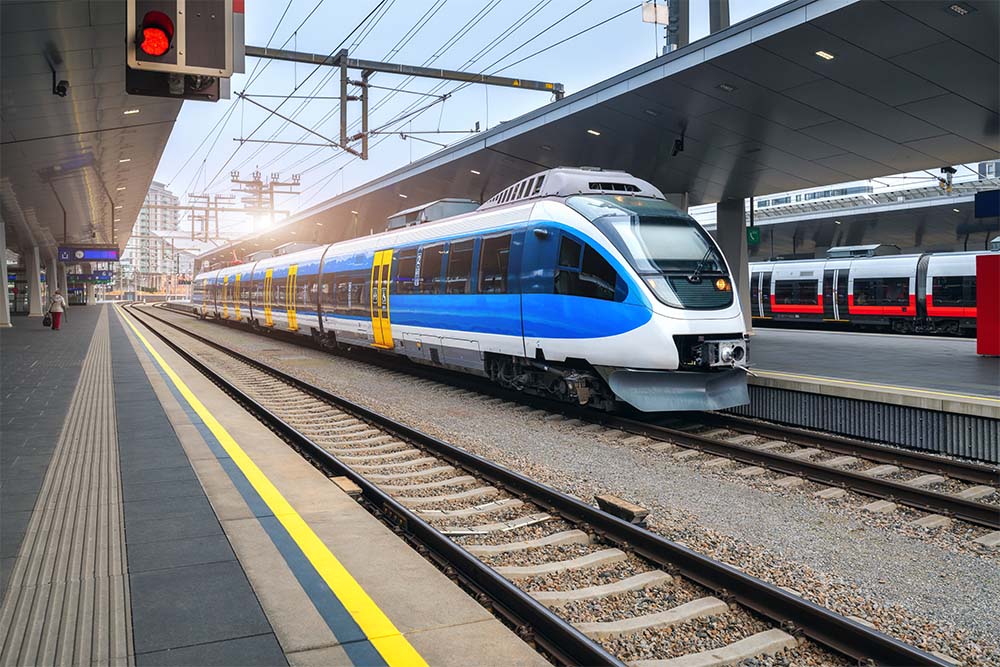
Railway Collision Avoidance
Enhancing safety in rail transportation.
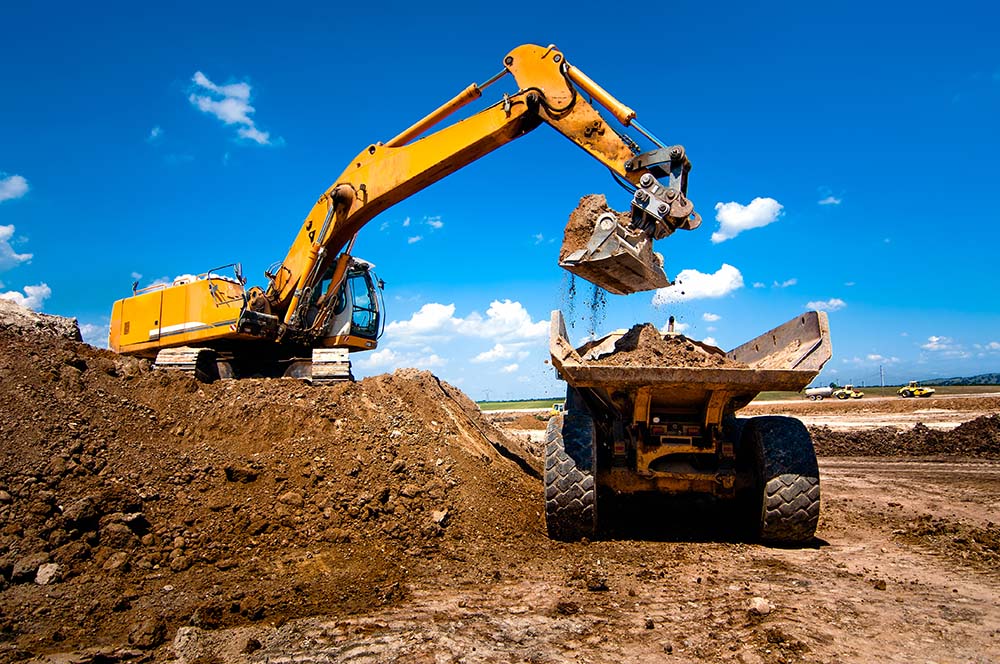
Volume Measurement
Accurate 3D volume calculations for industries like mining and construction.
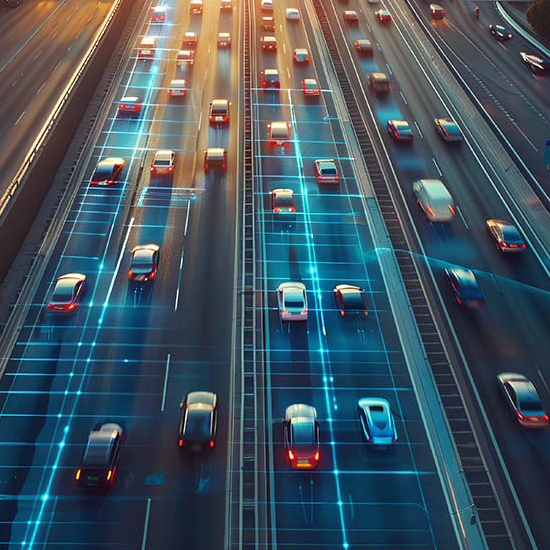
Smart Highway
Improving road safety and traffic management.
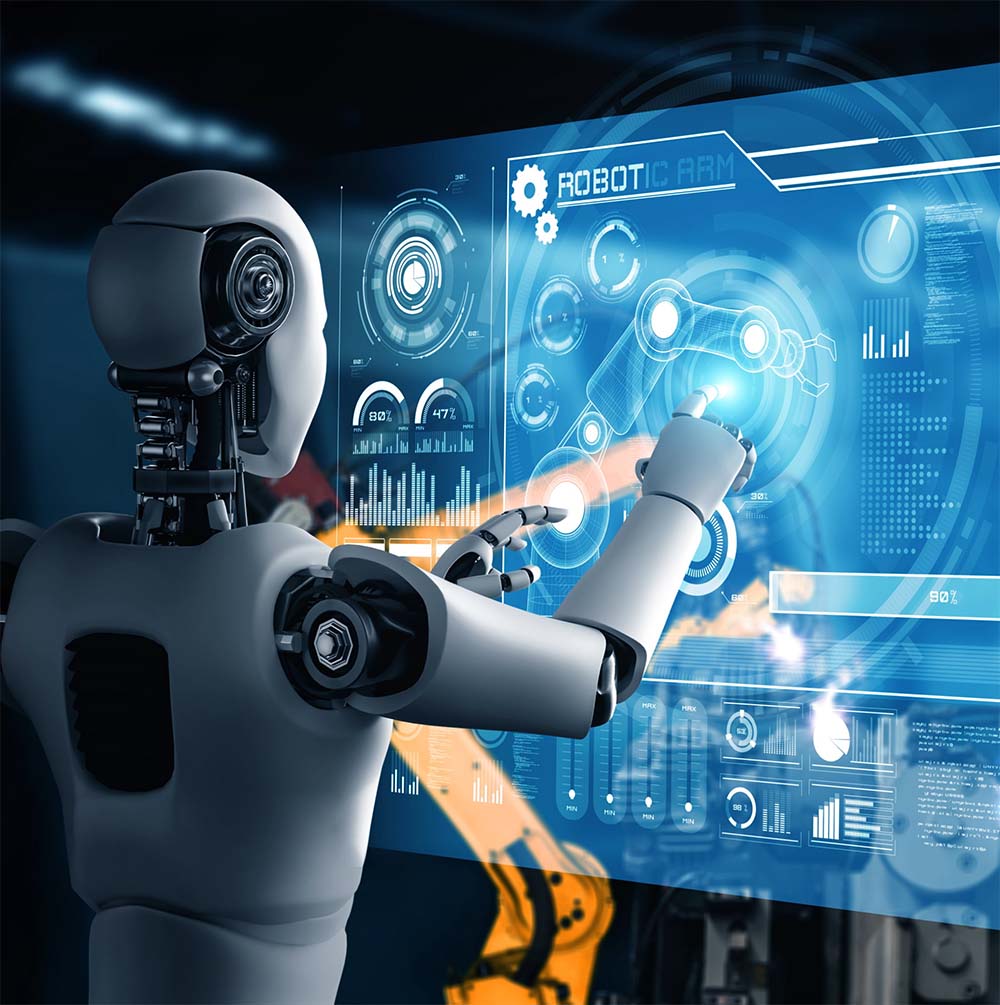
Robotics
Enabling precise navigation and object detection for autonomous robots.
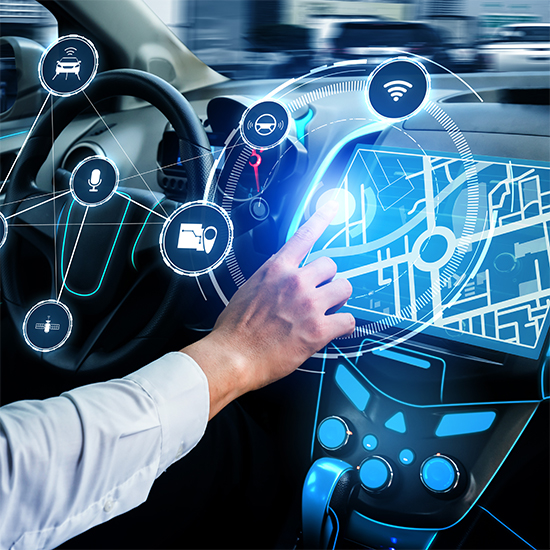
Autonomous Driving
Advanced sensing for self-driving vehicles.
Application Areas of LiDAR
Benefits of Using LiDAR

High accuracy and
precision in 3D mapping

Real-time data
collection and processing

Ability to penetrate vegetation
and capture ground topography

Efficient large-scale
surveying and mapping

Enhanced safety in
autonomous systems

Improved decision-making
with detailed spatial information
Software Solutions for LiDAR
Neuvition provides software solutions to complement its hardware, including point cloud processing and analysis
tools, real-time visualization software, a data integration platform for enterprise applications, and customized
algorithms tailored to specific industry needs.

Success Stories
MetroInnovate Urban Solutions improved traffic flow by 15% after implementing Neuvition's Smart Highway system. Emily Parker, the Director of Smart City Development, played a key role in deploying this system to enhance urban traffic management and reduce congestion.
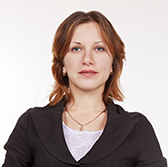
BuildMaster Construction reduced project timelines by 20% using Neuvition's LiDAR-based site monitoring solution. Michael Thompson, the COO, led the adoption of this technology, focusing on improving efficiency and project management.

DeepCore Mining increased excavation efficiency by 25% with Neuvition's volume measurement solution. Robert Lin, the Head of Operations, was instrumental in integrating this technology to optimize resource extraction and operational productivity.

FAQ












Contact Us
If you have any questions or suggestions, please leave a message, we will get in touch with you within 24 hours!
